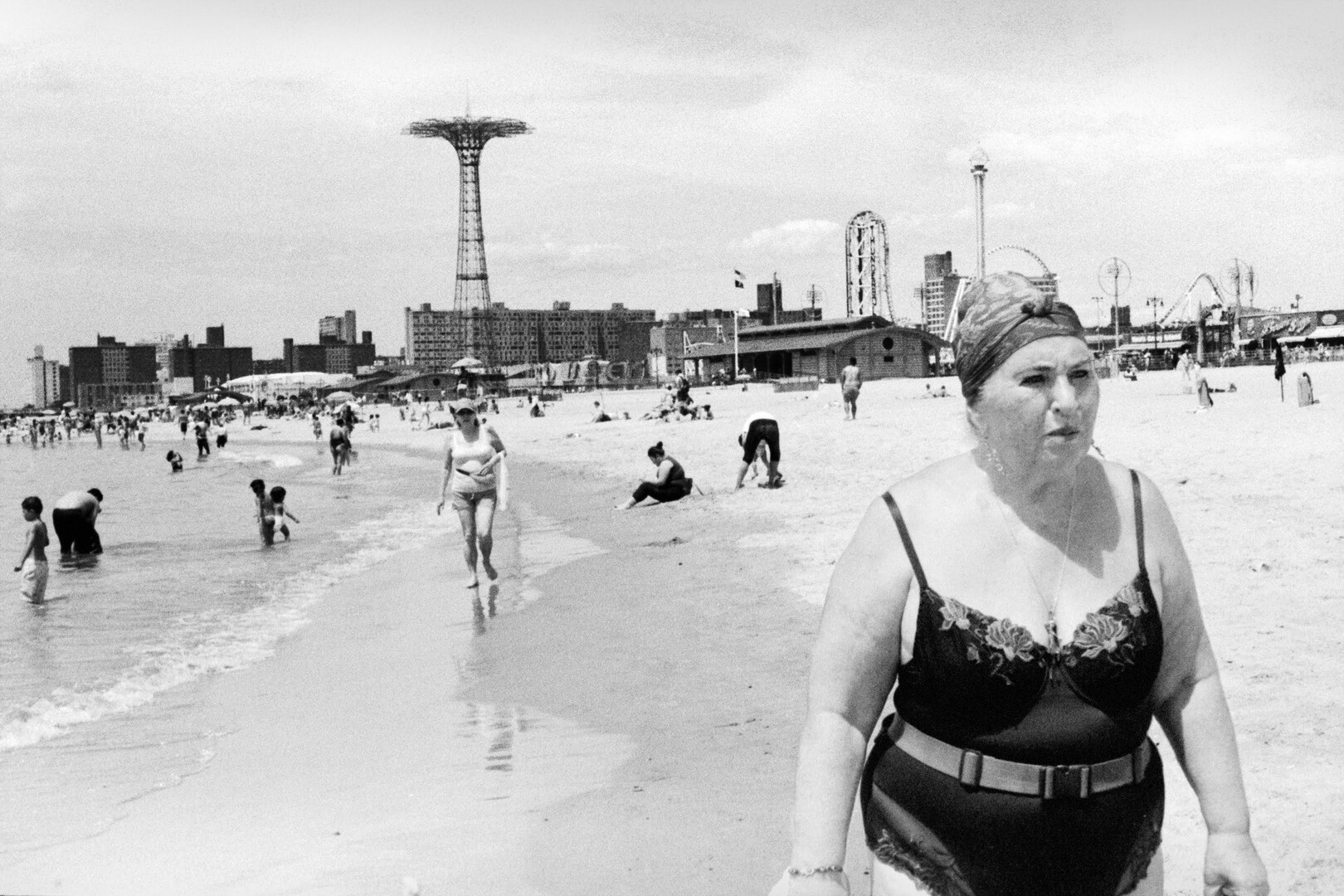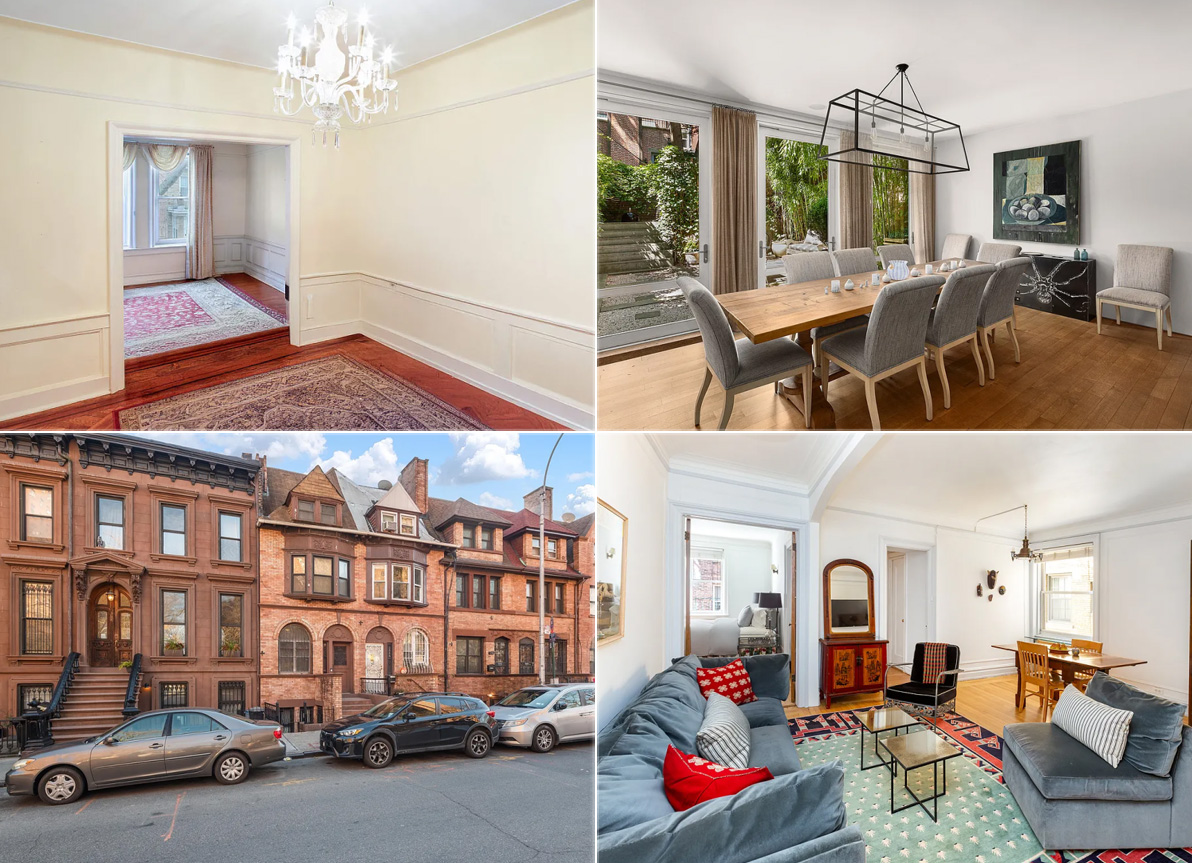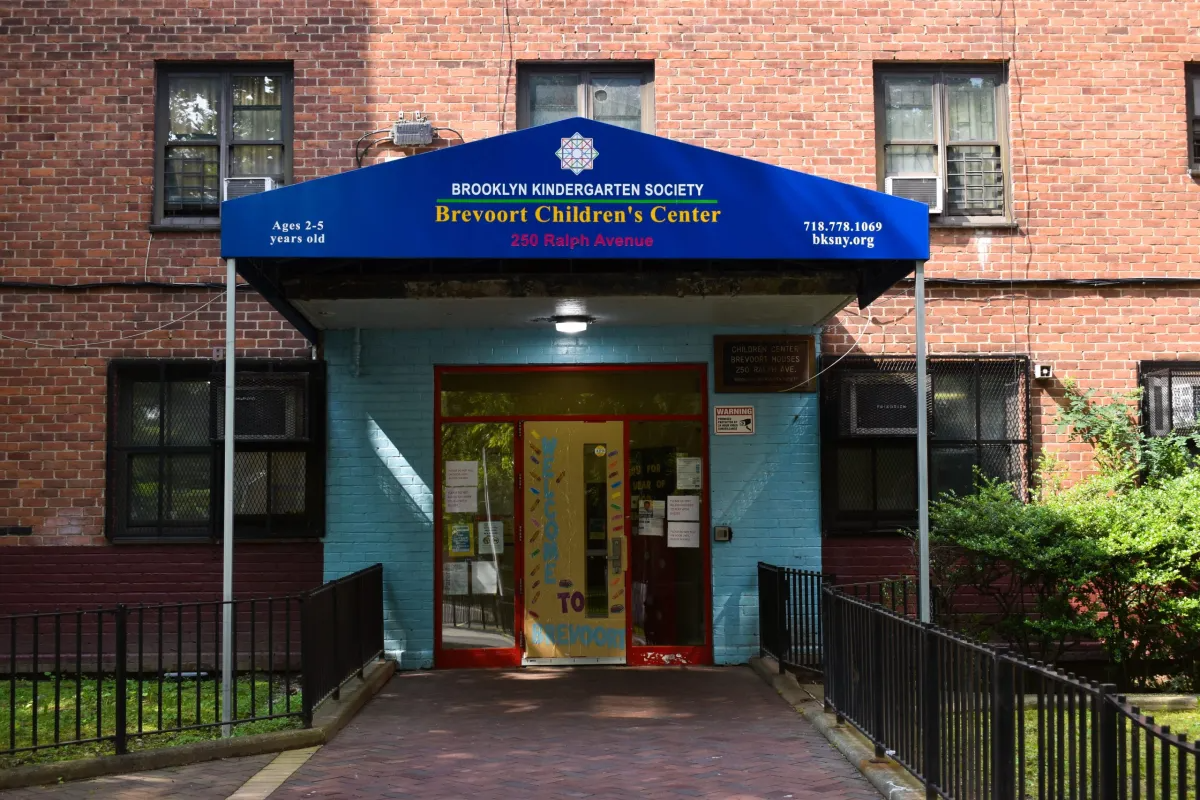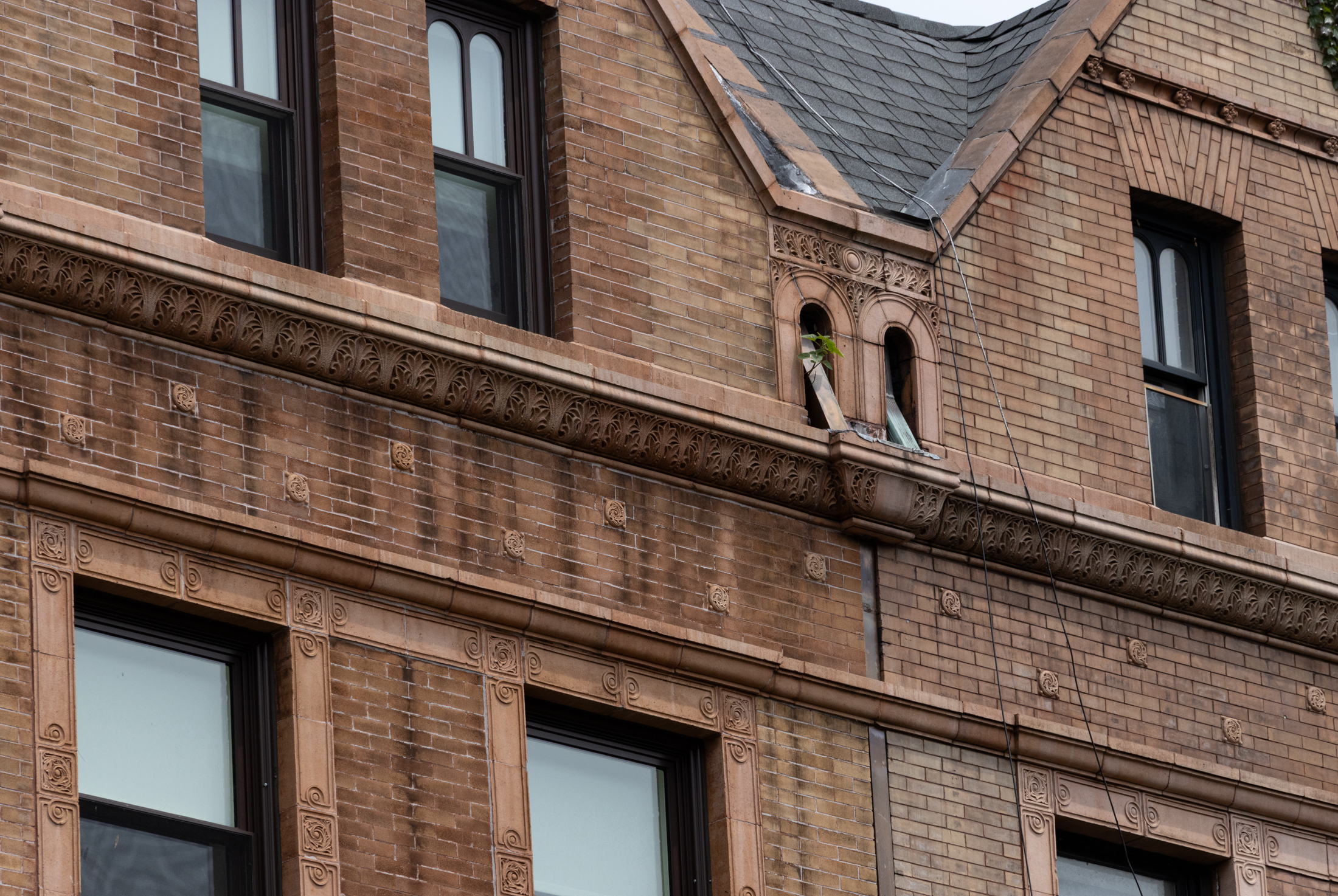Building of the Day: 190 Duffield Street
Brooklyn, one building at a time. Name: St. Boniface Catholic Church Address: 190 Duffield Street Cross Streets: Willoughby Street and Myrtle Avenue Neighborhood: Downtown Brooklyn Year Built: 1872 Architectural Style: Neo-Gothic Architect: Patrick Charles Keely Other buildings by architect: St. Francis Xavier, Park Slope; Our Lady of Victory, Bedford Stuyvesant; St. Charles Borromeo, Brooklyn Heights,…

Brooklyn, one building at a time.
Name: St. Boniface Catholic Church
Address: 190 Duffield Street
Cross Streets: Willoughby Street and Myrtle Avenue
Neighborhood: Downtown Brooklyn
Year Built: 1872
Architectural Style: Neo-Gothic
Architect: Patrick Charles Keely
Other buildings by architect: St. Francis Xavier, Park Slope; Our Lady of Victory, Bedford Stuyvesant; St. Charles Borromeo, Brooklyn Heights, among many others.
Landmarked: No
The story: The church of St. Boniface was founded by German immigrants in 1853. Their first building was a former Episcopal church that once stood at the corner of Willoughby and Bridge Streets. They were the first parish to be established by Bishop Laughlin, Brooklyn’s first, and most famous, Catholic bishop. St. Boniface was an English monk who was sent to convert the fierce German tribesmen during the Dark Ages, an experience that Brooklyn’s new German immigrants could probably relate to, in coming to a new land. The parish grew quickly, and by the end of the 1860’s, they bought land on Duffield Street, and hired Patrick Charles Keely to design a new and larger church.
Patrick Charles Keely was the most prolific architect of Catholic churches this country has ever known. He is credited for close to 600 churches, as well as hundreds of other schools and related buildings for Catholic causes and clients. His churches can be found up the Eastern Seaboard, from South Carolina to Nova Scotia, as well as Illinois, Indiana and Ohio. The highest numbers are found in Boston, New York, and Chicago.
Keely was born in Ireland in 1816, and came to Brooklyn in 1842. Like his father, he was a trained builder and carpenter, who, as far as can be determined, never had any formal or architectural training. Many of the best builders of the time did not, but were well able to design and execute their buildings. Keely was also a talented wood carver, and his work can be found in many of his own churches, including the ceiling of the magnificent Church of St. Peter and Paul, in Williamsburg, built in 1847.
His work on this church put him on the radar of the Dioceses of Brooklyn, which was looking for an architect well versed in the needs of the Church, a man of the Catholic faith, and someone who was of good character and business acumen, as well as talent. Keely fit the bill, and began a stellar career that would take him far. In essence, he became the in-house architect for the Catholic Church, which was growing in leaps and bounds in the middle to end of the 19th century, due to Irish, German, Polish, and later, Italian immigration. He designed every Catholic cathedral in New England, built in the mid-19th century. His office would produce other important church architects, including his two sons, and his son-in-law, Thomas Houghton. Keely died in 1998, after a long illness, and is buried in Brooklyn.
St. Boniface Church almost didn’t survive. During the 1970’s, the church, like many, lost parishioners, upkeep and funds, and was stuck in an increasingly gritty and depressing neighborhood. Fortunately, the church found a new life as the Oratory Church of St. Boniface. An Oratory is a group of priests, monks and lay people who follow the principals of St. Philip Neri. He was an Italian Renaissance priest who founded an order based on prayer, with the unique feature of including the laity in leading many of the aspects of prayer and worship. Today the church is again thriving, and remains one of Downtown Brooklyn’s hidden treasures. GMAP







Flat, dour. c
MM, I have hear unconfirmed rumors that St Charles Borromeo in the Heights is going to undergo a facade restoration. The ugly red paint is to be stripped from the fine brickwork. Looking forward to that!!
MM, I have hear unconfirmed rumors that St Charles Borromeo in the Heights is going to undergo a facade restoration. The ugly red paint is to be stripped from the fine brickwork. Looking forward to that!!
Montrose, kudos for these great photos! I have never seen this old church look so beautiful.
An interesting footnote is that Keeley also designed the steeple on Minard Lafever’s Holy Trinity Church on Montague St. The steeple did not last long due to the vibrations from the construction of the subway right under the church.
Montrose, kudos for these great photos! I have never seen this old church look so beautiful.
An interesting footnote is that Keeley also designed the steeple on Minard Lafever’s Holy Trinity Church on Montague St. The steeple did not last long due to the vibrations from the construction of the subway right under the church.
You are correct Chris. There were plans to build a cathedral rivaling St. Patrick’s, designed by Keely, and located where current Bishop Loughlin HS was built. When he became bishop, Loughlin decided the money would be better spent on schools, orphanages, etc. Keely lived in Fort Greene, on Carlton Avenue